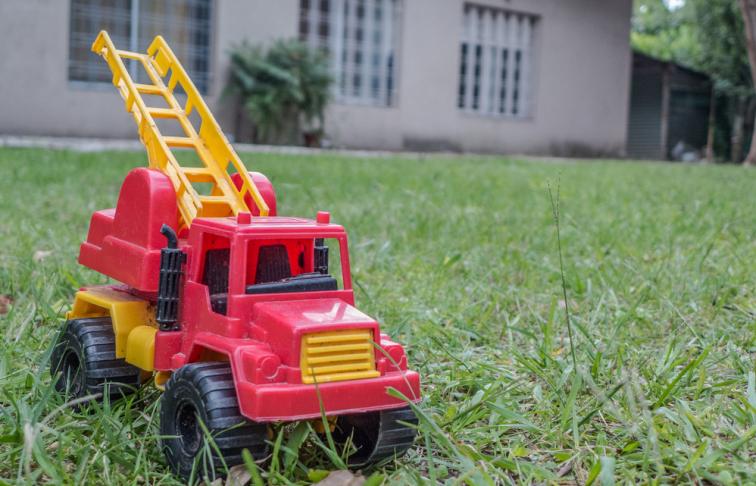Our Educate A Child International Fixed Term Deposit empowers education for marginalised and vulnerable children.


Five ideas for free fun outside for all the family to enjoy.
At this time of year, all kinds of mini beasts are out and about in our gardens and green spaces – such as bees, butterflies, spiders, worms and woodlice. So why not set up a mini-beast safari, where you find and identify (but not touch or capture) these fascinating creatures?
If you have a camera on your phone, you can take pictures to study later, or your children might like to draw them instead. You can find great, downloadable ‘spotting sheets’ for UK wildlife here. They are helpfully sorted by season and habitat. If you want to provide a place for your bugs to live in, see ‘Build a Bug Hotel’ below.
Something to think about
There are actually only two things humans fear when we are born: loud noises and falling. Other fears can be developed very early on – including fear of mini beasts.
A child seeing a spider for the first time would have no natural instinct to be afraid and is more likely to be curious. But if that child’s parent reacts badly then the child learns that a 'spider' is something to be frightened of. So, if you are frightened of mini-beasts, take a deep breath and be brave and try not show your fear.
A bug hotel is the gift that keeps on giving. Not only can you have fun making it together, but your kids will be able to see if any new guests have checked in each day, and it will provide shelter and safety for bugs all year round. Here are some instructions on how to make a very simple bug hotel that requires easily found materials. But if you feel more ambitious, there are plenty of online tutorials you can watch for inspiration. For this bug hotel, all you need is:
Just pack everything you’ve collected tightly into your two cylinders (snap twigs to make them fit snugly), making nooks and crannies for bugs and beetles to hide in. You can then lie it on the ground and wait for your first guests to check in.
Over the past 50 years the numbers of many so called ‘common’ British birds have dramatically declined. Experts don't know for certain why this is but changing agricultural practices and a lack of food in the summer and winter are likely to have taken their toll.
But if we all play our part, by providing food, shelter and water, we can help protect our feathered friends. You may think we only need to feed birds in winter when food is hard to find – but they need help in the warmer weather too. In spring, birds are rearing their chicks so hunting to feed themselves and their young, and in summer and autumn they use a lot of energy growing feathers and fat reserves for the winter ahead.
The Royal Society for the Protection of Birds (RSPB) has provided straightforward instructions to make bird feeders and this would be a great activity for you and the kids. All you need to make one is:
Click here for step-by-step instructions of what to do. If you need help to identify the birds you see, the RSPB’s bird identifier lists 408 species of birds found in the UK, including some rare overseas visitors.
Birds need water for bathing and cooling themselves as much as drinking – hence the name ‘bird bath’. Bathing is essential for keeping a bird healthy as it makes it easier for them to preen (clean and rearrange) their feathers. This keeps their feathers waterproof, helping to trap an insulating layer of air close to the birds skin to keep them warm.
The simplest bird bath is a plant saucer with a stone in the middle (the stone is for the bird to stand on). You and your kids can place these around your garden until you find the most popular site for the birds. Make sure that there are bushes or trees nearby that the birds can hide in if alarmed. If you or your neighbours have cats, place a layer of thorny clippings around the bath to keep the birds safe.
If you would like to make a larger bath, or to find out more tips, you can view the ideas on the RSPB website.
If you have young kids bursting with energy, you may wish to put together an obstacle course. You can use any play equipment you may have and try to mix up different skills – balance, agility, speed etc to keep things interesting – and to give everyone the opportunity to be good at something. Good obstacles could be:
Top Tips:
Don’t forget to give your garden a safety check for unintended obstacles, such as holes and sharp edges.
Finally, don’t forget the all-important drinks station.